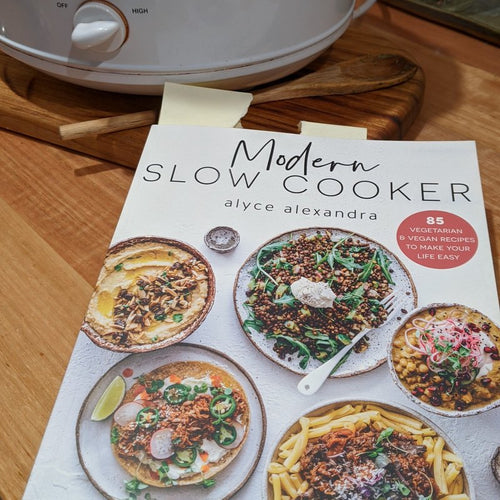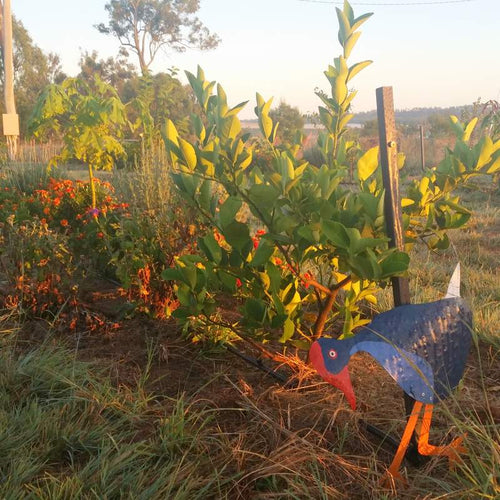The permaculture home garden - book review
Linda begins the introduction with "This is a book about saving the planet and living to be a hundred, while throwing very impressive dinner parties and organising other creatures to do most of the work", what's not to love?
A book for beginner and experienced gardeners
I'm not sure how I would have taken this book if I was reading it as a beginner gardener. With a few years experience in gardening, I'm able to relate to most of the advice in the book as I realise that what I'm doing, or have done, is not the most efficient or productive way of doing things, and I can see exactly how to use the simple solutions in Linda's book. Maybe if I hadn't made some errors already I wouldn't see how useful her advice is, but then I'm someone who tends to need to make my own mistakes! If you are beginner, believe me, everything she says is true!
| Linda's book |
The importance of planning
Linda starts by explaining the importance of planning the garden to minimise the work required, both by placement of activities and by "employing" the services of microbes, earthworms, chickens and other animals. This is perfect timing for me, as I'm planning a new garden, for those with existing gardens, I guarantee you will be thinking "oh, if only I read this first".
In our case, our chicken tractors are made to last, so we won't be changing to Linda's chicken dome (which is explained in detail), however I will be thinking about how to design the garden to make best use of the chickens and their tractors. There's also information about worm farming for those who can't keep chickens.
Record keeping is also important
Linda makes some excellent suggestions about record keeping, which I am guilty of being totally slack about, and then later wondering what I planted and when! Its also given me some ideas about incorporating the compost in the garden, rather than it being something separate.
Linda starts all her plants in seedraising boxes, which is similar to my method, and she has some great ideas about how to transplant seedlings without damaging them, which I will be trying. I am also really excited about Linda's method for arranging fruit trees in groups with flowering/fruiting in sequence, absolutely genius! It not only saves on labour, but helps to maintain a population of predator insects in the garden by providing a year-round supply of nectar, good for bee-keeping too.
Finally Linda includes some notes about a range of common vegetables, with yet more great tips.
More photos would have helped
The only thing that I thought was missing were photos! There are some very good diagrams, but I really wanted to see more of what Linda was describing, and then I realised that Linda's blog is full of photos of her garden. So if you're reading the book, have a look at Linda's blog at the same time. The best way is to click on the "garden" tag under "have a browse" and you will find some good explanations and photos, for example one about chooks in the garden.
Read this book first
This book is exactly what every vege gardener needs to read BEFORE they start their garden (or maybe after the first year, if you want to make a few mistakes first so that you really pay attention to Linda's advice).
Even if you already have a garden, this book will give you more ideas to reduce time and money spent in the garden and increase productivity. No matter if you have a small patio garden or 258 acres, this book will help you to plan and work in your garden (and gave me a few farm ideas to think about too).
How do you use permaculture in your garden?
For more book recommendations see my book review page.
Find out more about Permaculture using these books (affiliate links):
And the other posts in this series:






















Leave a comment